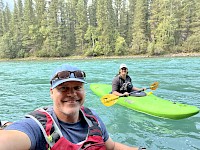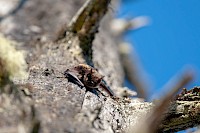BC Parks Foundation
Rediscover parks and wildlife with iNaturalist
May 14, 2020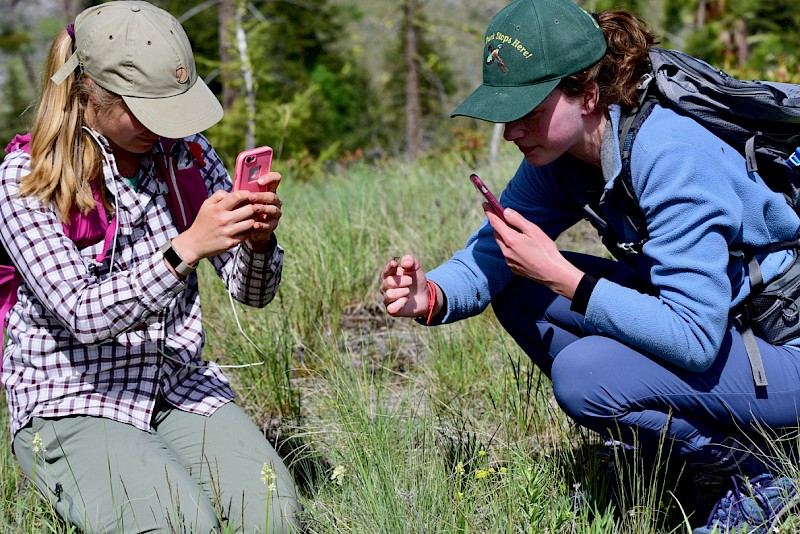
Photo: the BC Parks iNaturalist Project field team, taken by Brian Starzomski
With BC Parks gradually starting to re-open to the public, we’re all eager to get out and start exploring our favourite trails again. But before you put on your hiking boots, there’s another important - and fun! - step to consider!
During the five weeks that provincial parks were closed to the public, life in the parks kept moving, unseen by park visitors. Spring is a busy time for nature: as the weather warms, tentative leaf buds burst forth into bushy greenery, vibrant wildflowers bloom across meadows, migratory birds return to nest or stop through on their route northward, and recently-emerged amphibians, reptiles, and insects are busy eating and, well, getting busy.
With curious humans out of the picture for the past five weeks, all this nature has had its run of the parks — and we’re keen to know what has happened in the absence of people.
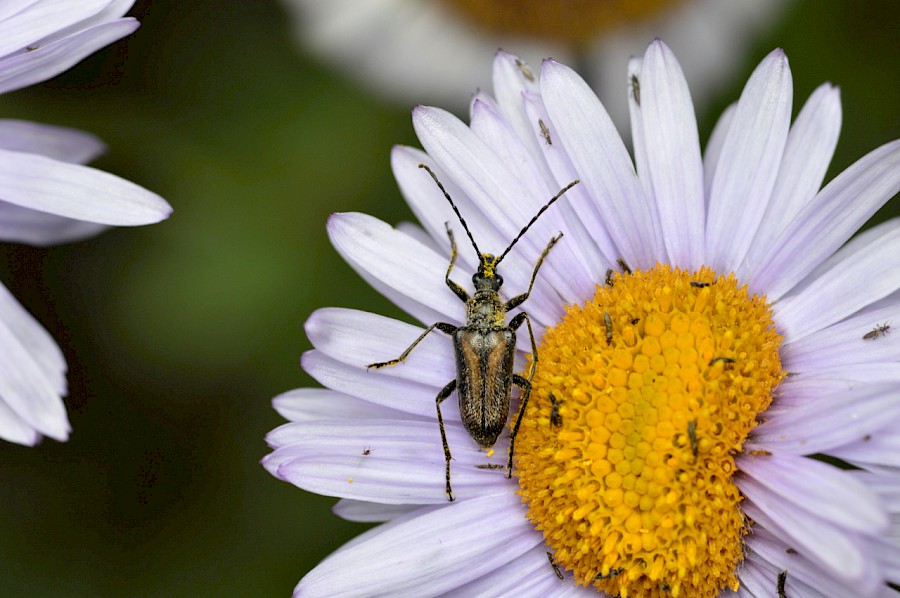 Photo: Gnathacmaeops pratensis in Silver Star Provincial Park, by Robby Deans
Photo: Gnathacmaeops pratensis in Silver Star Provincial Park, by Robby Deans
You can help document any changes that may have occurred during the closure: when you head back to nearby parks use your camera or smartphone to photograph your nature observations, then upload your photos to the iNaturalist app or website.
This year, we want to collect one million observations of life in B.C. You can join B.C.’s Big Nature Challenge and help work towards this milestone!
You may even be the first person to tread your favourite BC Park hiking trail or shoreline in over a month, so your observations of the plants and wildlife you see along the way could reveal some fascinating findings! Just remember to stay on trails and tread lightly.
Please also keep in mind that both the Provincial Health Officer and BC Parks are asking the public to visit parks close to home. Visit the BC Parks website to check the status of individual parks.
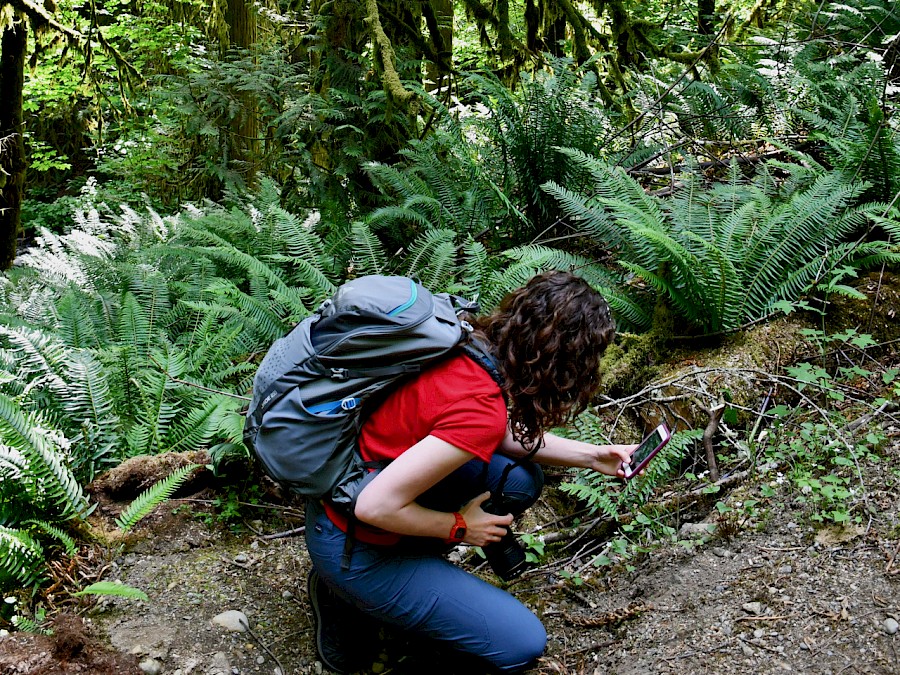 Photo: the BC Parks iNaturalist Project field team in Goldstream Provincial Park, by Kelly Fretwell
Photo: the BC Parks iNaturalist Project field team in Goldstream Provincial Park, by Kelly Fretwell
iNaturalist 101
New to iNaturalist or collecting wildlife observations? It’s incredibly easy to get started!
- Download the iNaturalist app and create an account
- Or create your account from iNaturalist.ca
- Find observations of life in the wild – plants, animals, insects, fungi, tracks, poop – all of it!
- Take a photo with a digital camera or smartphone
- Upload your image to iNaturalist and fill in all of the information you have.
That’s it! From there, identifiers will help confirm your observation or tell you what species it is.
Every observation helps further the understanding of B.C.’s incredible biodiversity.
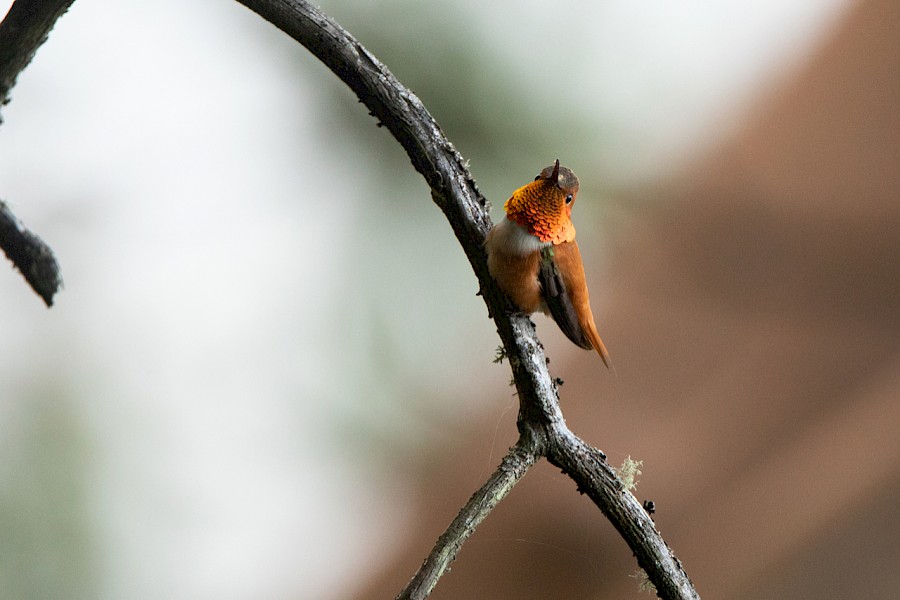 Photo: Rufous Hummingbird (Selasphorus rufus) by Jason Headley
Photo: Rufous Hummingbird (Selasphorus rufus) by Jason Headley
No parks nearby? No problem!
If there are no reopened parks in your vicinity—or if you’d like to wait a bit longer before returning to those that are—you can still join in the iNaturalist fun from your backyard or neighbourhood. Here are a few ways to do that:
- Join the Canadian Wildlife Federation’s Observations from Isolation project to record the nature they see close to home.
- Have a wildlife or security camera that captures pictures of animals? Upload those to the WildCAM project.
- Check out our “How to be an armchair naturalist” post for more ideas.
Or, have your own backyard bioblitz:
- Start by exploring the nature in your backyard or neighbourhood with your phone or camera in hand.
- Not sure where to look? Stay still for a moment or two and you might be surprised by all the busy life around you. Watch for bees, butterflies, and other pollinators flitting between flowers; look under plant pots, around fence posts, or other cool dark spots for slugs, worms, and pill bugs; and keep an ear out for bird song or buzzing insects.
- Take photos of any wild organisms you see (be careful not to disturb them) and share your observations to iNaturalist.
- Take photos of different angles and of different features. If you see a bird but can’t hear it you can use a sound recording instead of a photo!
- You may be curious about non-wild flowers or trees growing in your neighbourhood. Be sure to mark any non-wild plant observations you add to iNaturalist as “cultivated.”
- If you’re looking to entertain curious kids, download iNaturalist’s sister app Seek to get a fun gamified version of iNaturalist without needing an account. You can also use Seek to identify those cultivated garden plants you’re curious about.
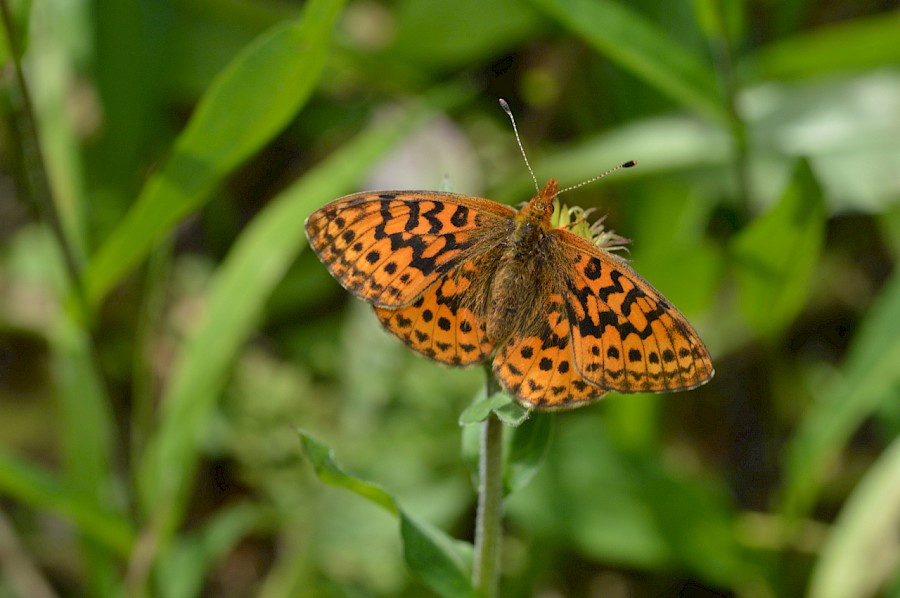 Photo: Pacific Fritillary (Boloria epithore) by Robby Deans
Photo: Pacific Fritillary (Boloria epithore) by Robby Deans
More tools & resources
Visit B.C.’s Big Nature Challenge website for fun tools and resources to help your iNaturalist adventures. How many observations can you collect this weekend?
About the author
Kelly Fretwell works on science communication, iNaturalist, and biodiversity topics for the Hakai Institute. Her love of coastal ecology comes in part from growing up exploring shorelines and forests near Victoria BC, as well as from her post-secondary education in biology, environmental studies and marine management. Kelly lives in Victoria, where she enjoys spending time in nearby natural spaces and forcing friends to stop on hikes so she can take photos and try to identify things.
Love this? For more inspiring stories about conservation wins, community efforts, and ways you can help protect nature, subscribe to our newsletter today.
Similar Stories
“I can't conceive of anything being more varied, rich and handsome than planet earth: its crowning beauty is the natural world. I want to soak it up, to understand it ... then put it together and express it in my painting. This is the way I want to dedicate my life.
”
